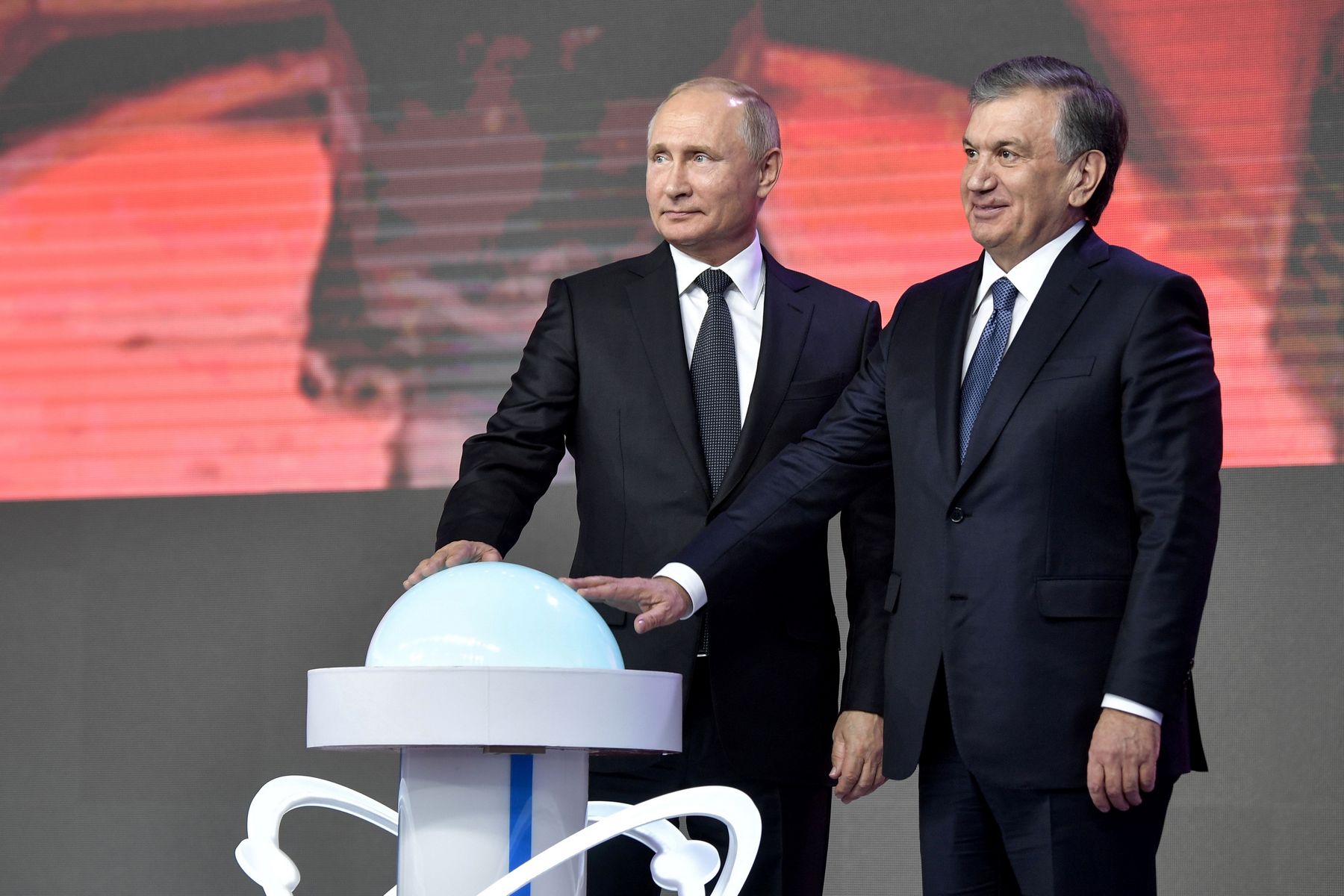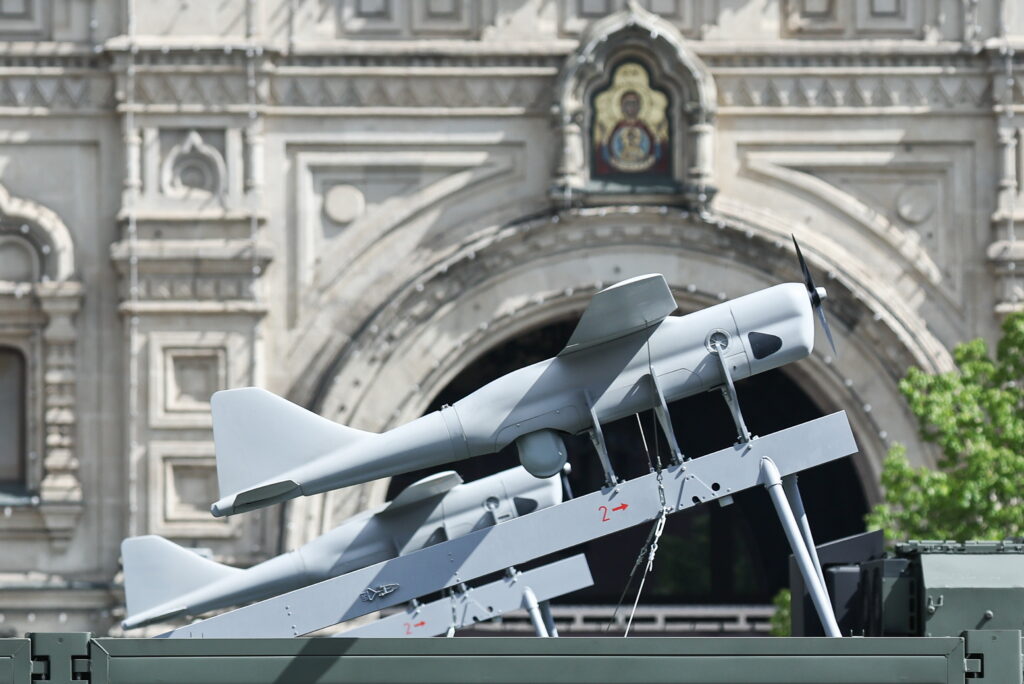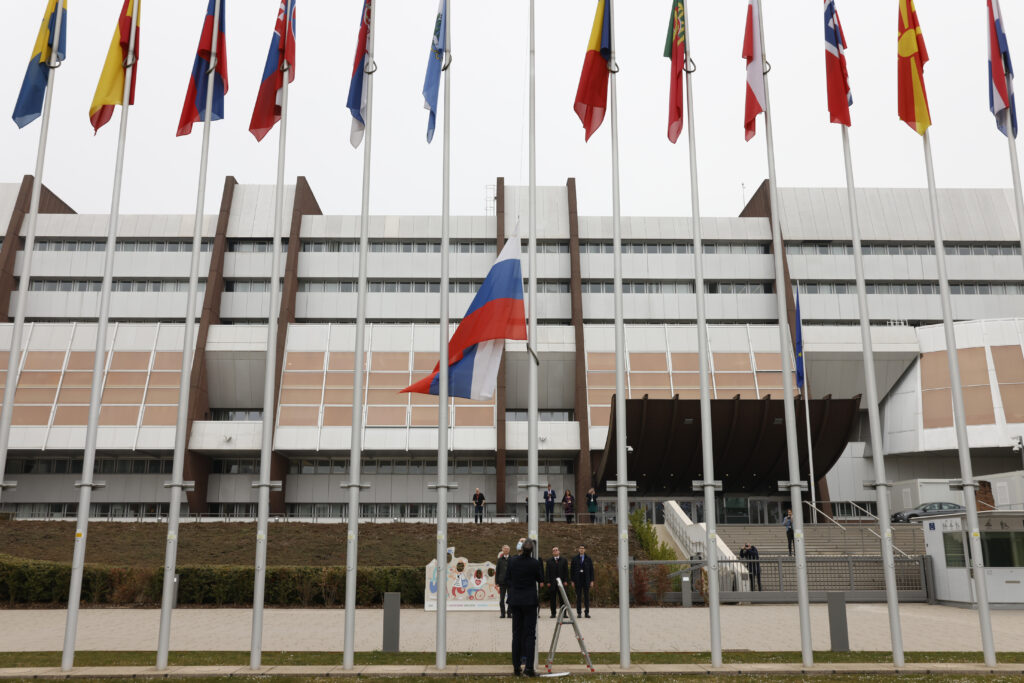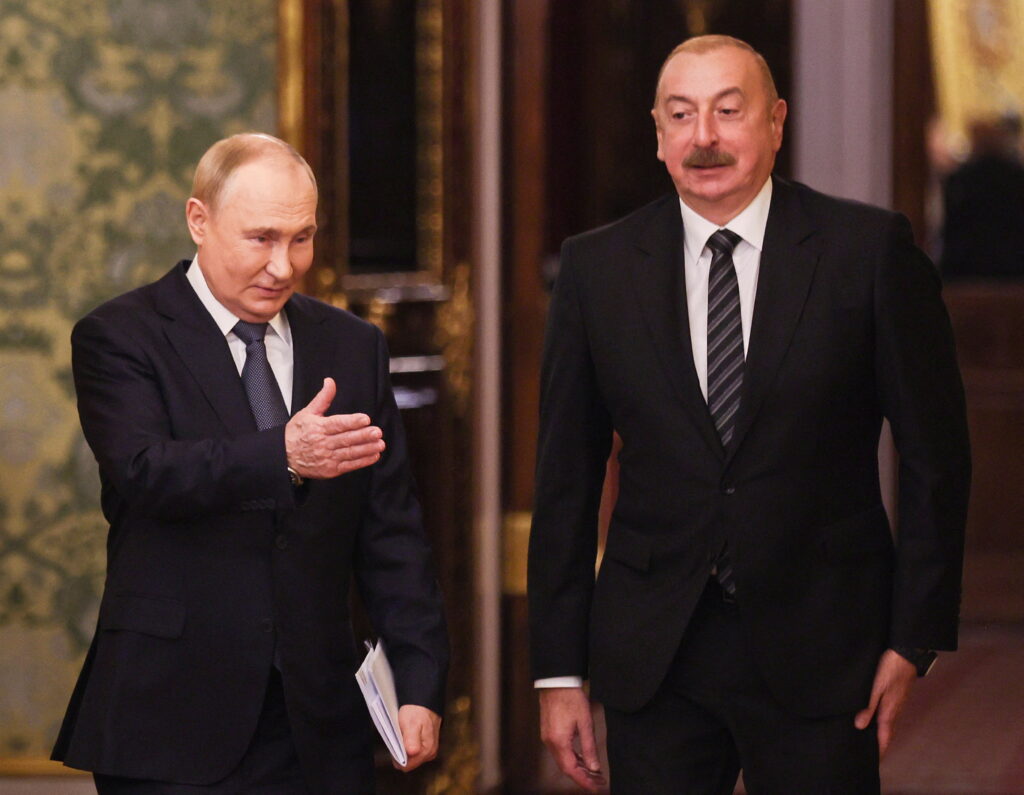Shavkat Mirziyoyev was comfortably re-elected as Uzbekistan’s president on 24 October. As many suspected, it was a victory that brought a scathing response from election observers for its false sense of competition. (Only token state backed opposition candidates could enter the fray.) Unfazed by such concerns, Vladimir Putin swiftly emerged as the first to congratulate Mirziyoyev. So swiftly in fact, that he did so 2 hours before the official results were announced.
The hasty enthusiasm from Putin is understandable. In the five years since the death of Uzbekistan’s founding president lent Mirziyoyev a path to power, Mirziyoyev has oversseen a reboot in Uzbek-Russian relations.
Moving on from Karimov
Karimov, after all, was no friend of Moscow. He frequently clashed with Russia, suspecting Moscow’s vision for Central Asia was to keep it as a colonial backwater. Just before he died, Karimov refused entreaties to consider Uzbek membership in Putin’s project of the moment — the Eurasian Economic Union. That capped off Karimov’s longstanding reluctance to integrate with Russia. Though Uzbekistan was a founding member of the Russian-led Collective Security Treaty Organization (CSTO), that came to a close with a suspension of membership in 1999. He then pledged Uzbekistan’s support for NATO-led operations in Afghanistan, which granted his regime a thin veneer of international acceptance in the years following 9/11. This would end with the Andijan massacre in 2005.
With his respectability in tatters, Karimov ended much of his cooperation with NATO forces in support of their war in Afghanistan. By 2006, he pivoted back to Russia, pledging renewed cooperation with the CSTO. Yet even as he approved new Uzbek-Russian counterterrorism drills, this cooperation never was particularly genuine. Come 2012, and Uzbekistan was effectively expelled from the bloc. Nor did that bother Karimov. To his last, Karimov believed the country he ruled – Central Asia’s most populous state – should be treated as a regional power in its own right. Bernardo Teles Fazendeiro, a Portuguese academic focused on Uzbekistan, described Karimov’s foreign policy as ‘defensive self-reliance,’ noting Karimov’s hesitance to engage too deeply with any major power.
Karimov monopolized official foreign policies of non-alignment and economic autonomy while alive. But even so, economic ties and historical and societal linkages to Moscow remained, shaped by a common post-Soviet legacy. And despite Karimov’s dismissive and unenthusiastic attitude to the CSTO, some deep linkages remained in the security apparatus. The State Security Service in particular (then known as the SNB or MXX, its respective Russian and Uzbek acronyms) headed up by Rustam Inoyatov would cooperate closely with Russian counterparts to target Uzbek dissidents. Economic elites retained links too. While they may not have been as deep as ties between Russia and Kazakhstan, the 2000’s saw these expand with Lukoil leading the development of the Kandym-Khausak-Shady-Kungrad gas fields.
Mirziyoyev – who served as prime minister from 2003 – provides a strong example of these linkages. Russian billionaire Alisher Usmanov’s nephew Babur, who died in a car crash in 2013, had been married to Mirziyoyev’s niece. Under Karimov, Usmanov’s Uzbek interests remained somewhat limited. Yet he grew closer to Putin’s Kremlin, evidenced by his 2006 buying up of business daily Kommersant. (The extent of Usmanov’s Kremlin ties were also the focus of a September 2020 Otkritie Media investigation).
Under Karimov, Russian firms and businessmen were still able to expand operations in Uzbekistan – so long as they played by the same ‘rule’ as other international business: paying bribes to Karimov’s ostentatious daughter Gulnara Karimova and her entourage. Russia’s MTS, controlled by Vladimir Yevtushenkov’s Sistema, would fall victim to this trap just as Sweden’s Telia did.
Uzbekistan’s new normal
Much has changed since Mirziyoyev came to power. Granted, his managed presidential elections are not so different from those in which Karimov was ‘re-elected’ in 2000, 2007, 2015. Still, the most prominent reforms Mirziyoyev has undertaken are economic. He has opened the economy to foreign investment, even if doubts have been raised about the figures underpinning its stratospheric FDI growth. He has reformed its currency by eliminating the de facto dual exchange rate system. And he has helped the country enter international capital markets with a series of landmark Eurobond sales. That said, his economic agenda has not been a demonstration of pure neoliberalism. Well-connected elites, including those from Russia, have been best positioned to take advantage.
Usmanov has been the key link in these efforts. He has declared his intention at the end of Mirziyoyev’s first year in power to ‘helping Uzbekistan open up to the world’. Of course, who stands to benefit is another question. A series of investigations by David Leask for The Herald in 2018 found that Usmanov had been using Scottish corporate structures to disguise his growing role in the Uzbek economy. He is undoubtedly close to Mirziyoyev. An investigation by RFE/RL earlier this year that uncovered a secret resort-residence apparently built for Mirziyoyev, citing two sources as saying that he had met with Mirziyoyev and Putin in secret there.
That Usmanov has brokered ties between the Kremlin and Mirziyoyev should come as no surprise. A year after Karimov’s passing, Mirziyoyev famously flew to New York for the UN General Assembly on one of Usmanov’s planes, rather than the Uzbek state aircraft. At the time, Mirziyoyev was embroiled in a struggle for dominance with Inoyatov of the much-feared SNB. This security apparatus controlled the presidential aircraft.
Mirziyoyev prevailed in the power struggle, sacking Inoyatov in January 2018 and demoting him to the supremely embarrassing position of overseeing the fishing industry in a double landlocked country left bereft of the once bountiful Aral Sea (Mirziyoyev has since revealed an attempt by the SNB to oust him when he was still a local official in 1993).
Although Inoyatov was the primary vector for security collaboration between Russia and Uzbekistan in the years prior, Moscow did not seem to mind the move too much. (Rustam Azimov, initially seen as a third head to an ostensible troika, was sidelined even earlier, as was Nigmatilla Yuldashev who as Senate chairman should have been the constitutional successor to Karimov).
Joint drills and new talks on EEU
In 2018, Tashkent and Moscow held their first joint drills in more than 12 years, in Uzbekistan’s Jizzakh region. With this, Mirziyoyev ended Uzbekistan’s ‘defensive self-reliance’.
The same goes for economic autonomy. Kremlin launched a new campaign aimed at bringing Uzbekistan into the Eurasian Economic Union, with Russian Federation Council chairwoman Valentina Matvienko going so far as to declare the move a done deal during an October 2019 visit to Tashkent.
While the bloc should be seen primarily as a political project – it has done little to address non-tariff barriers and transit bottlenecks between Russia and neighboring member Kazakhstan – trade has increased substantially since the Karimov era, from US$2.7 billion in 2016 to US$5.6 billion in 2020. Russian Foreign Minister Sergei Lavrov has spoken of bringing it up to US$10 billion.
Membership would also further ease the ability of Uzbeks to work in Russia, where they form a substantial portion of the migrant labour force. These workers already send home sizable remittances, just over US$680 million in the first quarter of this year alone.
However, joining the Eurasian Union appears to have been too much for Mirziyoyev’s government thus far. In March 2020, it agreed only to become an ‘observer’ in the bloc. Uzbekistan is not yet willing to throw in its lot entirely with Moscow. Its capital market opening has deepened ties with the West as well.
Uzbek officials were mostly shunned in the West in the years preceding Karimov’s death,. The 2005 legacy of Andijan, revelations about Karimova’s corruption, and the use of forced labor in the country’s cotton fields all took its toll. But a domestic reform agenda is now helping secure Uzbekistan’s entry into capital markets. That Mirziyoyev declare an end to the practice of cotton slavery. He freed political prisoners, and dismantled the SNB’s quasi state-within-a-state. Then again, this reform agenda has since ground to a halt. Tashkent’s is only so willing to accept suggestions for political and human rights reform in return for financing. Equally, there is little active effort emanating from Brussels, London or Washington to advocate for such change.
Putin’s Kremlin, meanwhile, sees the economic reforms as stabilizing Uzbekistan, and Western capital as keeping Central Asia’s most influential state from becoming beholden to Beijing, as is the case in neighboring Tajikistan. Moscow is wary of the strings attached to Chinese loans. With Kremlin-adjacent oligarchs poised to reap the benefits and a stable Uzbekistan providing a credible buffer with Afghanistan, there is little need for Moscow to pressure Uzbekistan for more. Indeed, Moscow did not seek to push Tashkent after it stayed an observer rather than a member of the EEU. Similarly, Moscow has also not sought to pressure Mirziyoyev into rejoining the CSTO. The Kremlin is content with Mirziyoyev’s growing cooperation (Mirziyoyev did attend a virtual conference in August as an ‘invited guest’.)
Both capitals now share concerns over the Taliban takeover of Afghanistan. In turn, this offers Moscow a chance to shore up its role as Uzbekistan’s key security partner. Even though Tashkent has said it does not expect this to result in further formal tie-ups.
All told, Mirziyoyev’s Uzbekistan is one that Putin’s Russia can do business with. That appears to suit Moscow just fine.










